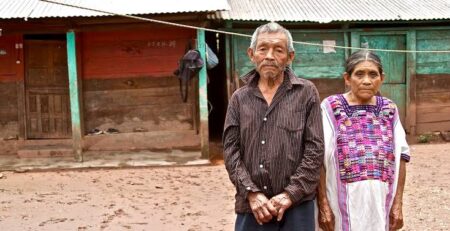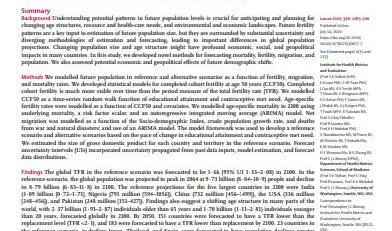Ageing and Poverty in Africa and the Role of Social Pensions
By Nanak Kakwani & Kalanidhi Subbarao
In many low income African countries, three factors are placing an undue burden on the elderly. First, the burden on the elderly has enormously increased with the increase in mortality of prime age adults due to HIV AIDS pandemic and regional conflicts. Second, the traditional safety net of the extended family has become ineffective and unreliable for the elderly. Third, in a few countries, the elderly are called upon to shoulder the responsibility of the family as they became the principal breadwinners and caregivers for young children. While a number of studies have examined the welfare consequences of these developments on children, few studies have systematically analyzed the poverty situation among the elderly (relative to other groups) in low income countries Africa, and the role of social pensions. This study aims to fill this gap. Drawing on household survey information, the study profiles the elderly for 15 African countries which include both East and West African countries, and countries with a high and low prevalence of HIV-AIDS pandemic. The findings show much heterogeneity across countries with respect to the proportion of the elderly population, the living arrangements and the composition of households, and household headship. The variations in household types and living arrangements presumably reflect the variations in, and changing character of, the traditional family support system and household coping strategies in the wake of covariate shocks and the HIV-AIDS pandemic. However, the proportion of the single elderly is still very small in most countries. A household type “elderly and children” or what is known as “skipped generation household” has emerged as an important structure in some countries. In addition, “households headed by the elderly” has also emerged as a significant household type in several countries. The analysis shows that the poverty situation, and especially the poverty gap ratio, for the household types the elderly only, the elderly with children and the elderly-headed households is much higher than the average in several countries and the differences are statistically significant.
Full Content: Open Knowledge










